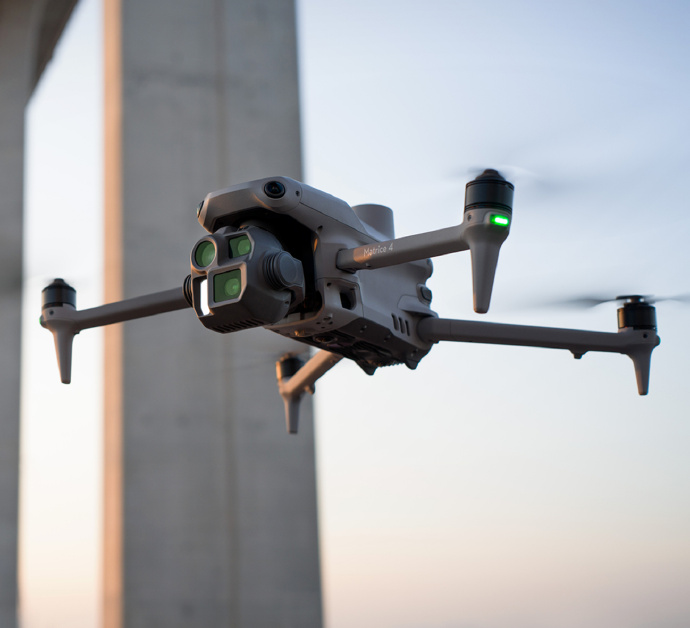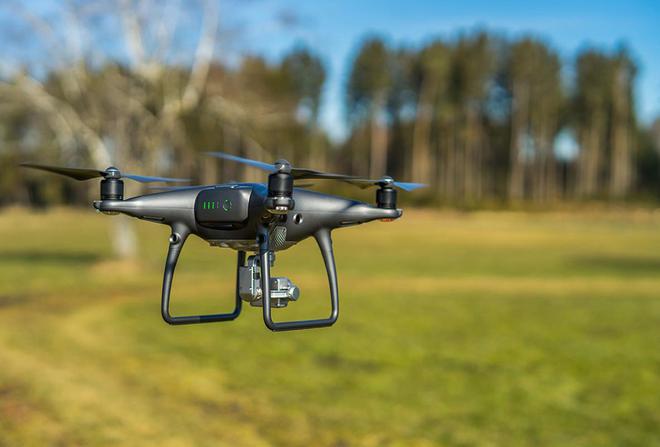Innovative Designs of Drone Propellers in Modern Technology
Drone propellers have become a pivotal component in the success and ongoing advancement of UAV technology. These small yet powerful elements enable drones to hover, maneuver, and accomplish complex tasks ranging from aerial photography to environmental monitoring. This article delves into the sophisticated designs and technological breakthroughs of drone propellers, highlighting how they contribute to the enhanced capabilities of modern drones.
Understanding the Basics: What are Drone Propellers?
Drone propellers are the rotating blades responsible for creating lift, guiding movement, and controlling stability in flight. Typically crafted from lightweight materials like plastic or carbon fiber, the design of these propellers is critical. The efficiency, noise level, and thrust depend significantly on the shape, length, and number of blades.
Type and Material Variations
Today’s drone propellers come in various types, including two-blade, three-blade, and even multi-blade configurations. The choice between these often depends on the intended drone application. Two-blade propellers are most common for casual flight, offering a good balance between performance and efficiency. Multi-blade propellers provide greater power and stability, crucial for professional drones used in cinematography and surveying.
The material used also dictates performance and durability. Plastic props are affordable and suitable for beginner drones, while carbon fiber props are favored for high-performance drones due to their strength, lightweight nature, and reduced vibration. The ongoing research in materials science is propelling the development of innovative composites to push the boundaries of drone capabilities further.
Innovative Designs in Modern Drone Propellers
Recent innovations in drone propeller design focus on noise reduction, efficiency, and environmental impact. The quiet flight technology aims to minimize the noise produced by propellers, a crucial factor for urban drone operations. Blade curvature and specialized edge designs contribute to reducing this noise significantly.
Efficient energy use is another key trend. Propellers are being engineered to minimize energy consumption, extending flight times and enhancing battery life. Environmental impact is addressed through the development of recyclable materials and eco-friendly production processes.
Impact on Modern UAV Applications

Propeller advancements are revolutionizing UAV applications. In agricultural sectors, drones equipped with advanced props can cover vast areas with more precision, enhancing crop monitoring efficiency. For emergency services, the improved reliability and reduced noise of propellers aid in discreet surveillance and faster response times.
The Future of Drone Propellers
The future of drone propellers lies in further integration with AI and automation. Adaptive propeller systems that adjust blade pitch and angle based on real-time data will provide drones with unparalleled control and efficiency.
As drones become more integrated into daily life, the demand for quieter, more efficient, and sustainable propeller solutions will drive future innovations.

FAQs
What are the benefits of 3-blade propellers over 2-blade?
Three-blade propellers provide increased lift and stability, essential for heavier drones and challenging flying conditions.
Are carbon fiber propellers worth the extra cost?
For professional or long-term use, carbon fiber propellers are valuable due to their strength and efficiency advantages. They offer better performance with reduced vibrations.
Can propeller design impact drone speed?
Yes, the design and size of propellers directly affect a drone’s speed and maneuverability, with optimal designs enhancing performance.